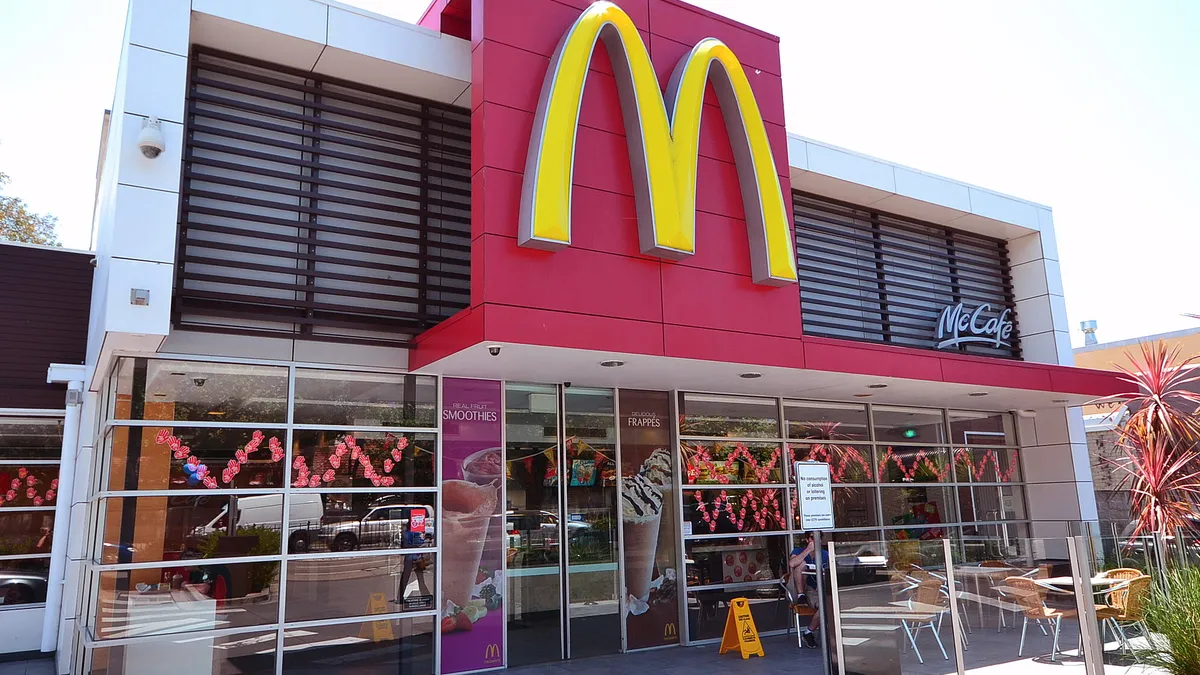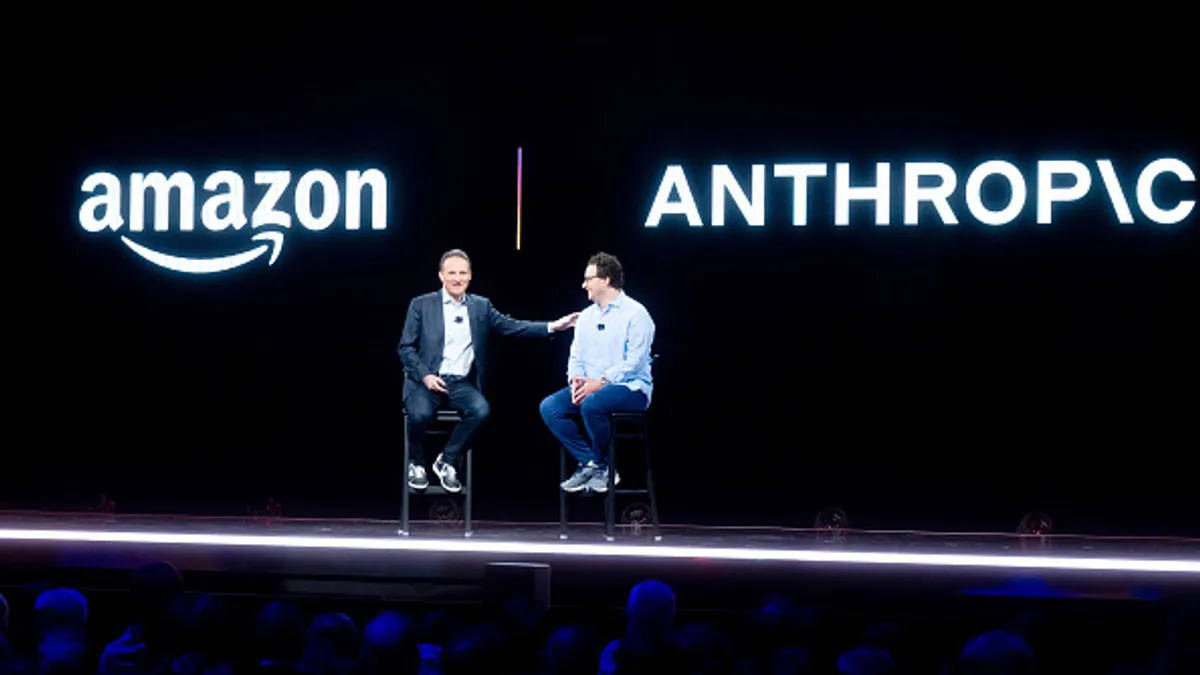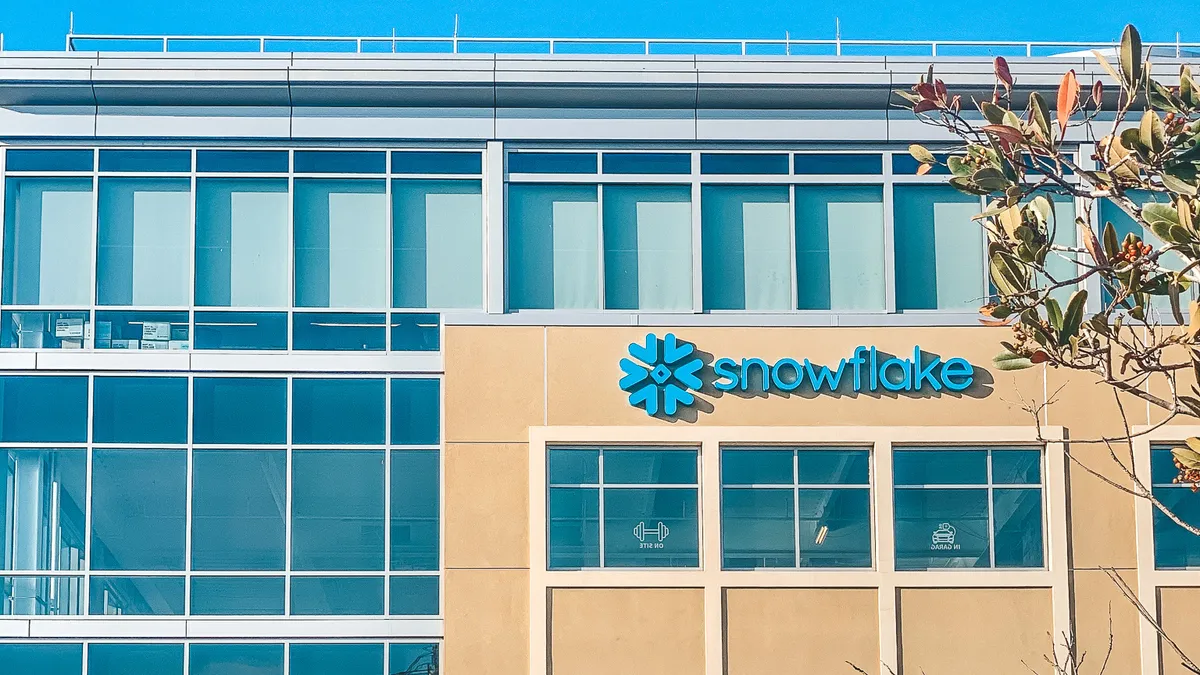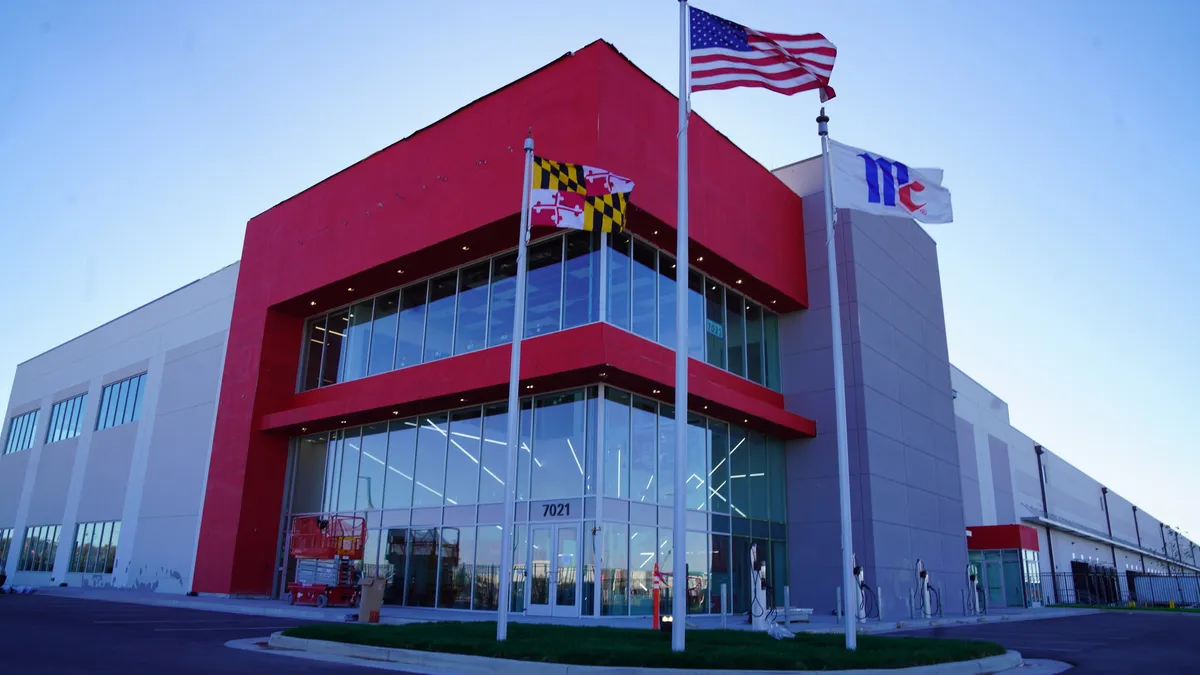The Golden Arches is taking personalization to the next level with an automated system that can make real-time menu recommendations based on consumer trends and current orders. While the new technology will enhance the customer experience, it will also drive a more flexible and fast-responding supply chain.
McDonald's announced in March it will acquire Dynamic Yield, an Israel-based company that makes personalization software. The fast food giant said in an announcement the outdoor drive-thru menus will vary based on the time of the day, weather, current restaurant traffic and trending menu items.
The menus will dynamically change as customers place orders.
Ordering a Big Mac might cue a suggestion for a combo meal and a milkshake, while ordering a salad may suggest a bottle of water.
McDonald's tested the concept in several locations in 2018 and will roll it out to most U.S. restaurant drive-thrus this year in addition to kiosks and the McDonald's app.
"This could generate tens of millions of dollars in incremental revenue and make up for traffic declines the company has seen in recent years."

Gary Stibel
Founder and CEO, New England Consulting Group
"With this acquisition, we're expanding both our ability to increase the role technology and data will play in our future and the speed with which we'll be able to implement our vision of creating more personalized experiences for our customers," McDonald's CEO Steve Easterbrook said in the release.
Being able to use such data across the supply chain is very powerful, said Ehsan Ardjmand, assistant professor of analytics and information systems at Ohio University.
"It allows for an integrated supply chain that starts from customer's decisions and goes all the way to operational, strategy and tactical decisions. It could mean lower operational costs, lower lost sales and better planning," Ardjmand told Supply Chain Dive.
Data helps McDonald's marry supply and demand
Upselling isn't a new tactic in the fast food industry. An article at NextWeb noted that McDonald's partly drove its success and scaled its operations by asking the question "Would you like some fries with that?"
But automating and driving the upselling process with real-time data could enable McDonald's to not only observe how customers react but to better predict, and even influence, what they order in real time, said Daniel Boutarel, managing associate at the New England Consulting Group.
McDonald's can also downplay particular items depending on inventory levels, Boutarel told Supply Chain Dive. If a restaurant is running low on fried chicken breasts, it could temporarily remove it from the menu and display alternatives to reduce demand and lower the risk of a stock out.
"The analytics they will have access to, combined with the ability to change [consumers'] ordering patterns accordingly, will be huge," Boutarel said.
McDonald's already uses supply chain analytics, but the acquisition will enable it to better marry supply and demand, Gary Stibel, founder and CEO of the New England Consulting Group, told Supply Chain Dive. Being able to influence demand at the point of sale will also help minimize waste and optimize the supply chain on an individual store basis.
When combined with powerful data engines and other solutions, such suggestions could happen automatically as they are influenced by real-time data from the supply room and even along the chain to distribution centers and suppliers.
The system would offer an opportunity to cross reference all variables across the supply chain, from real-time consumer demand to real-time availability at suppliers, and suggest the right items to maximize profit, customer satisfaction and supply chain management.
"It offers an ability to optimize supply and demand economics in a fashion that never existed before," Stibel said. "This could generate tens of millions of dollars in incremental revenue and make up for traffic declines the company has seen in recent years."
Preventing stock-outs of limited time offers
McDonald's real-time menu capabilities could be especially useful for new and seasonal items where demand can be difficult to predict on a store level, according to chain restaurant consultant Juelene Beck.
Restaurants typically test these items in limited quantities, but the uncertainty means they often have too little or too many. In 2017, McDonald's halted sales of its new buttermilk crispy tenders after demand surpassed expectations, according to an article on Business Insider.
"You're always making an estimate even though you try to test it beforehand. You never really know how consumers are going to react to it at each location... But it's a huge no-no to run out of an item in the fast food industry," Beck told Supply Chain Dive.
Customer-facing data spreads to the integrated supply chain
McDonald's has long been recognized for its skillful supply chain management and has landed in the top 10 "masters" of the Gartner's Supply Chain Top 25 for years.
The company has also been experimenting with digital supply chain capabilities and in 2017 announced it would start home delivery from up to 75% of its locations and implement mobile ordering and payment as part of its "Experience of the Future."
Its current supply chain systems already have abilities to predict inventory data at the restaurant level, and many automatically take daily inventories and send it to their distribution centers, Beck said. DCs also offer feedback to the restaurants to let them know what their levels are while they are also engaged with suppliers and their levels.
"It's a huge no-no to run out of an item in the fast food industry."

Juelene Beck
Chain Restaurant Consultant
"It's all integrated, all the way back to the suppliers and even the raw material suppliers ... The stores immediately know if there's any low availability, outages or supply issues, so that the messages going to consumers are completely synchronized," Beck said.
As the new system will put decision technology at the point of purchase and in front of consumers, it could increase the pressure on suppliers, Ardjmand said. "The suppliers will also have to develop the same kind of analytics power and flexibility to be able to react to this dynamic and fast-changing environment."






















